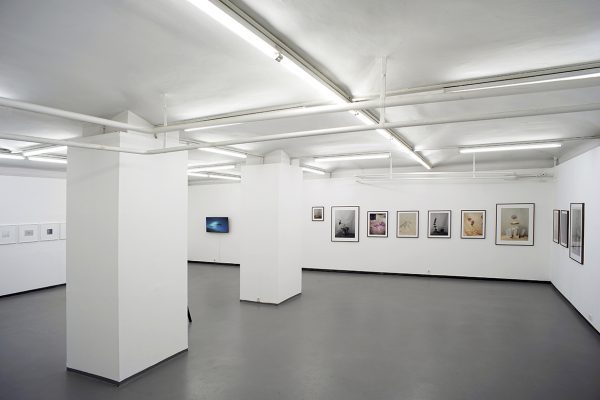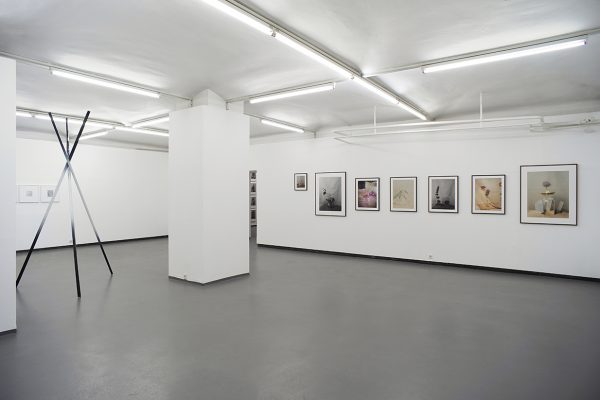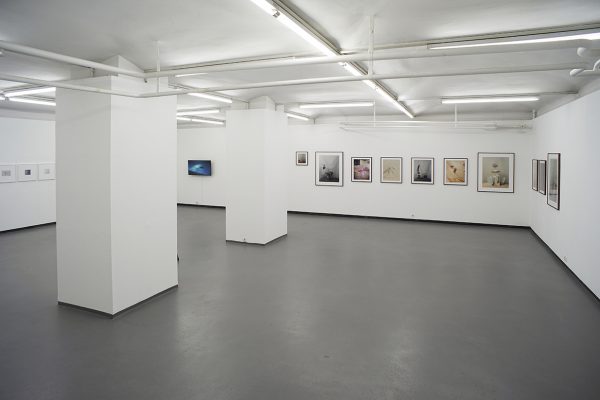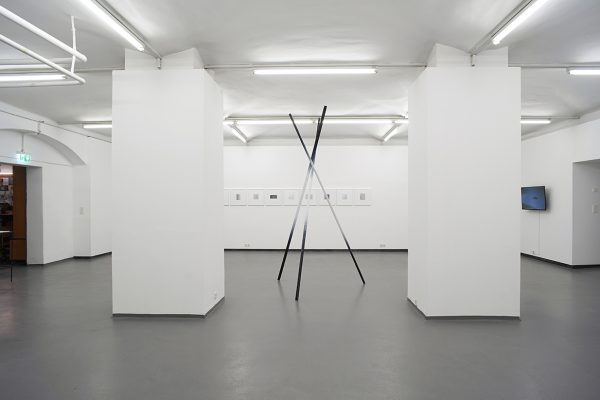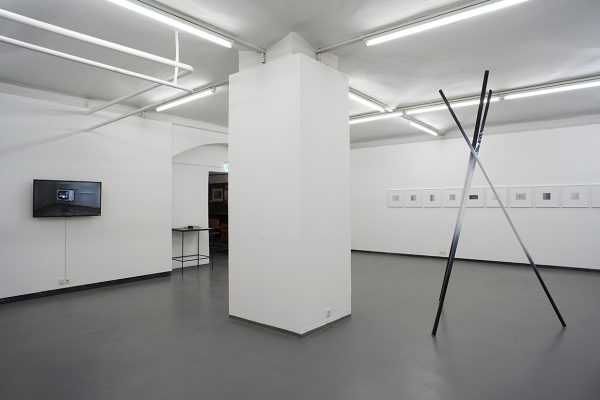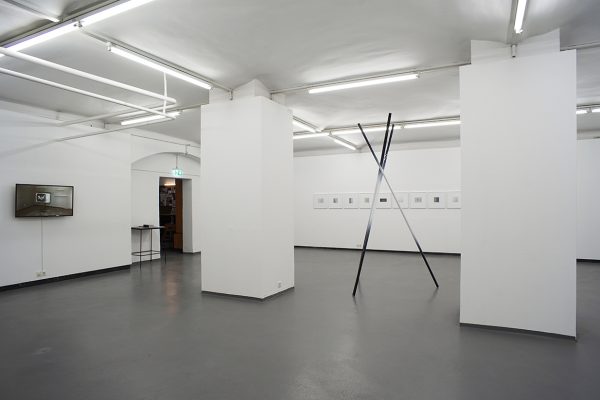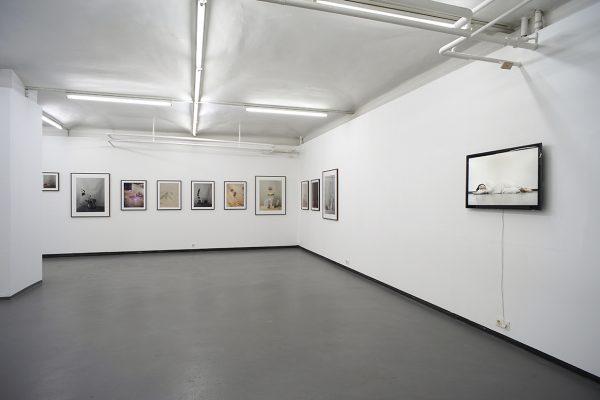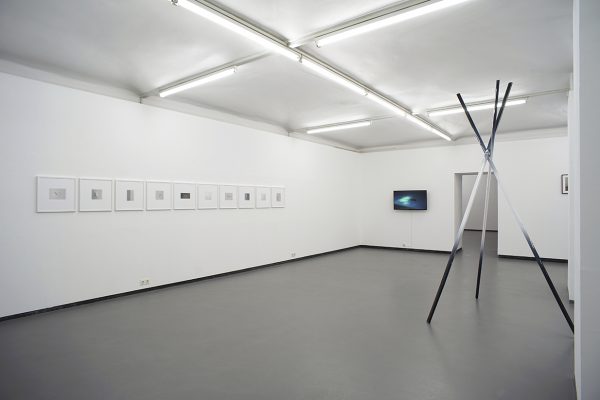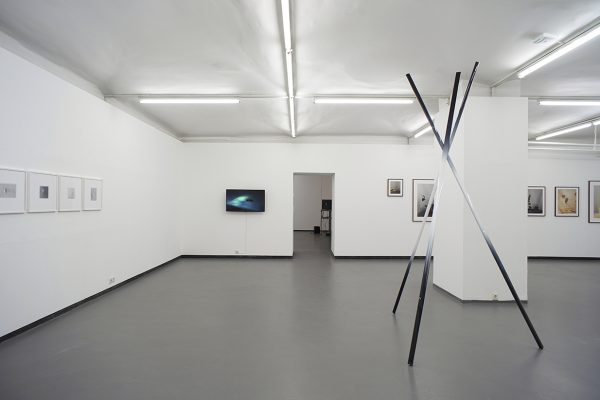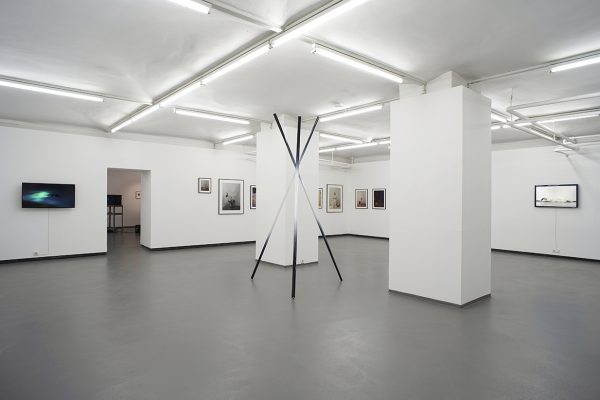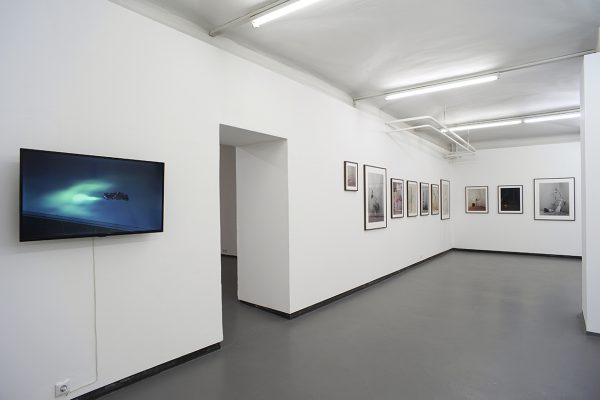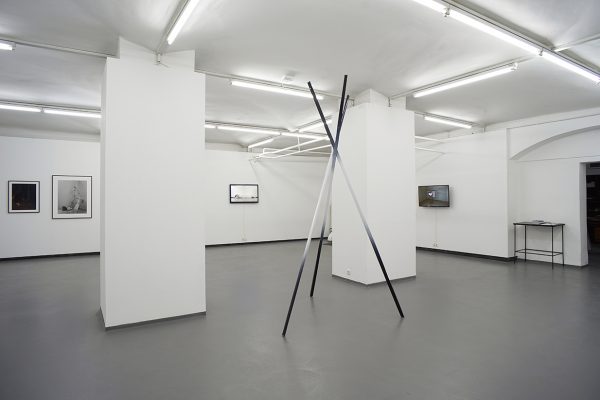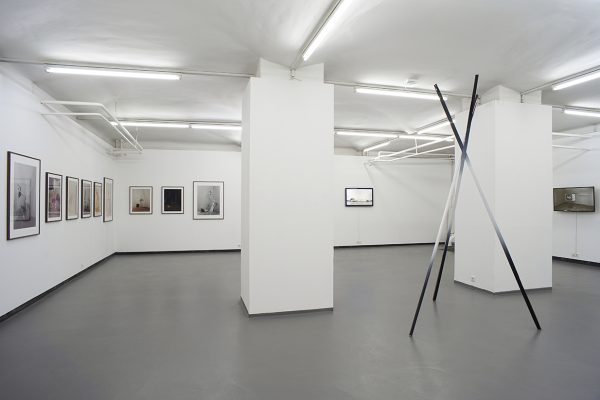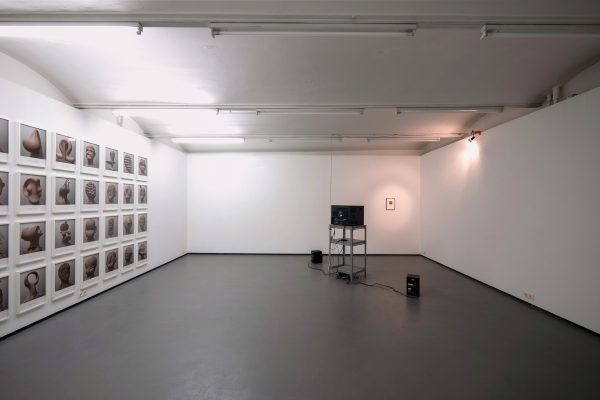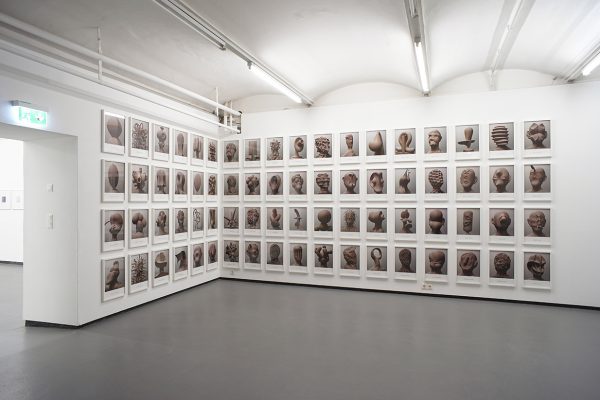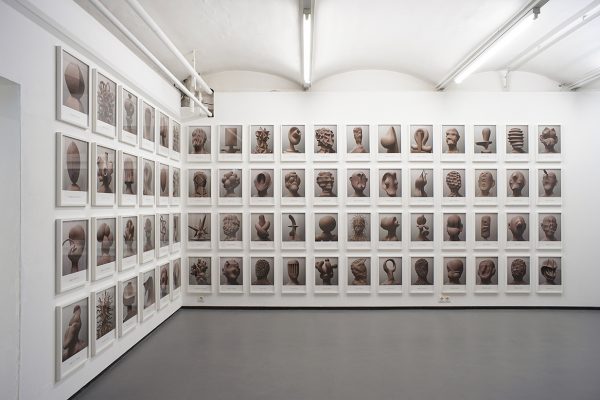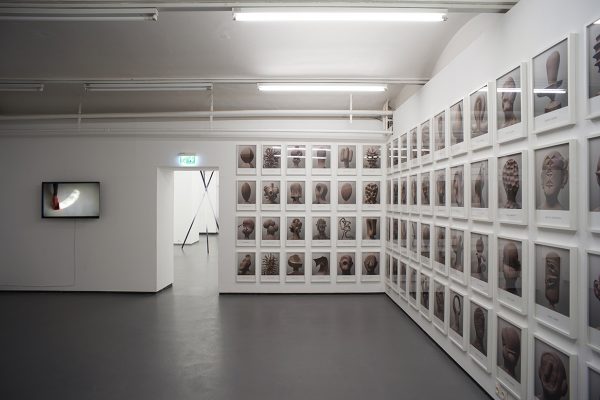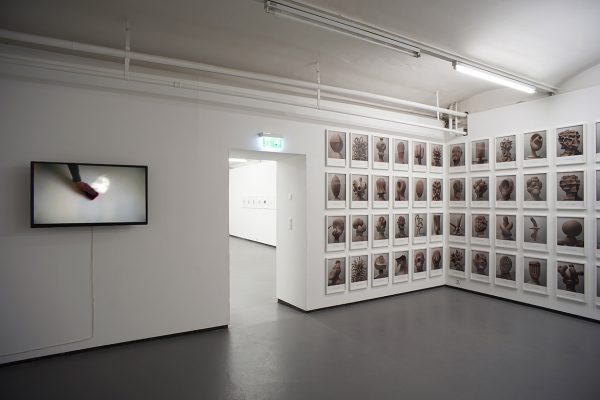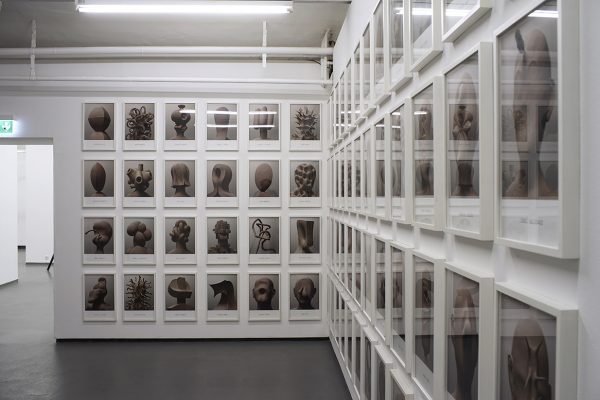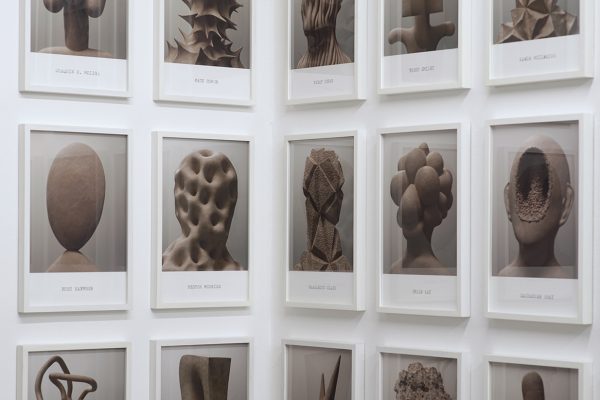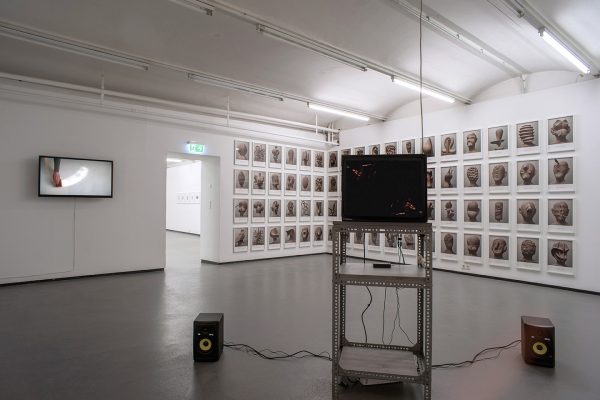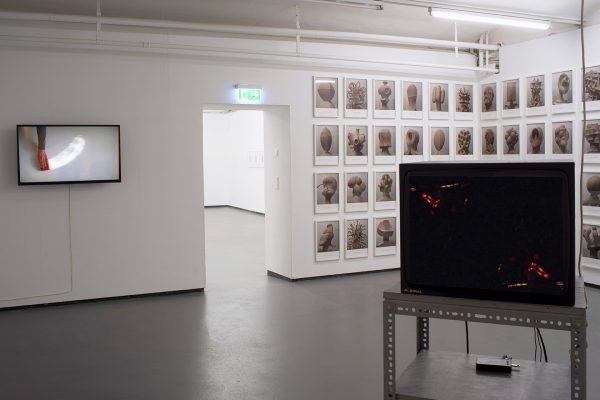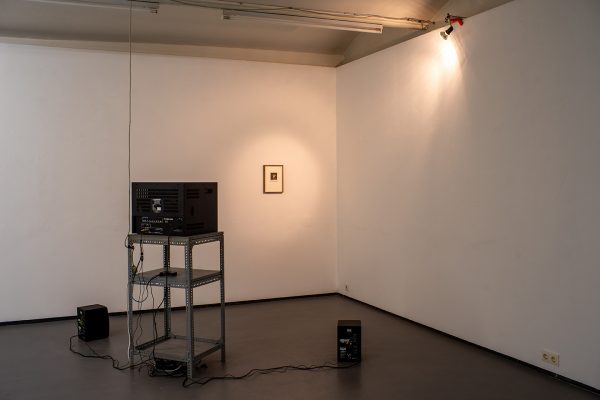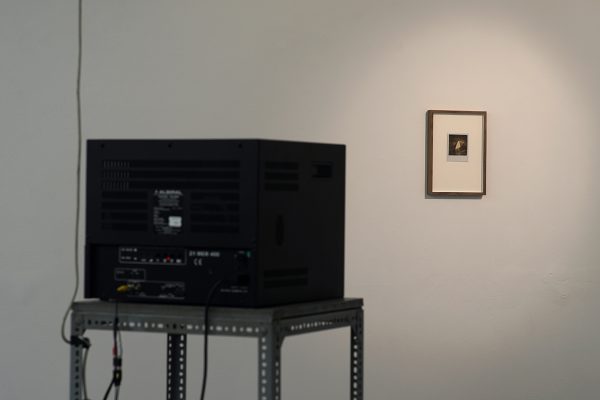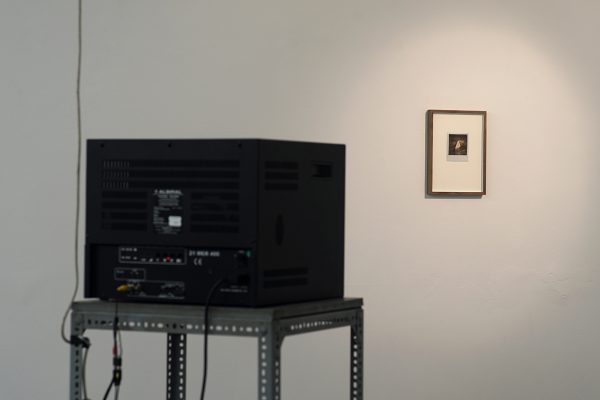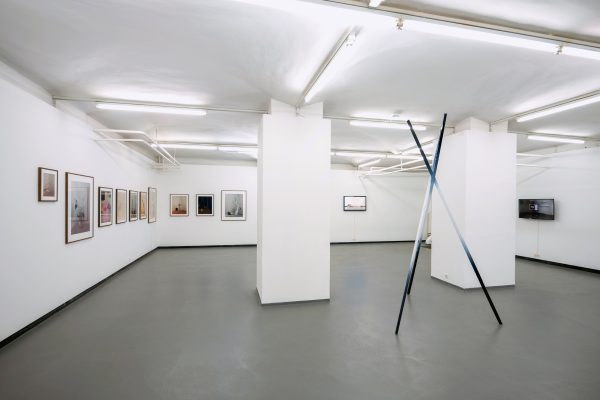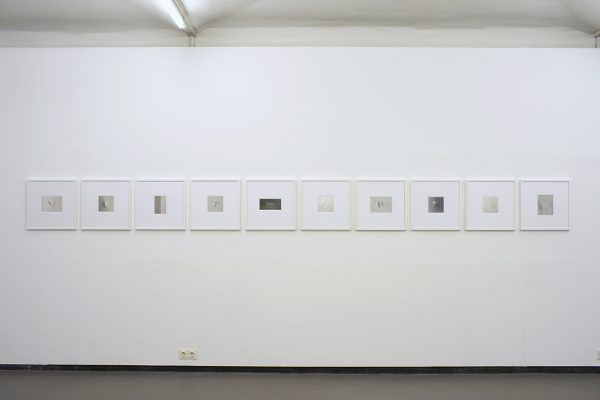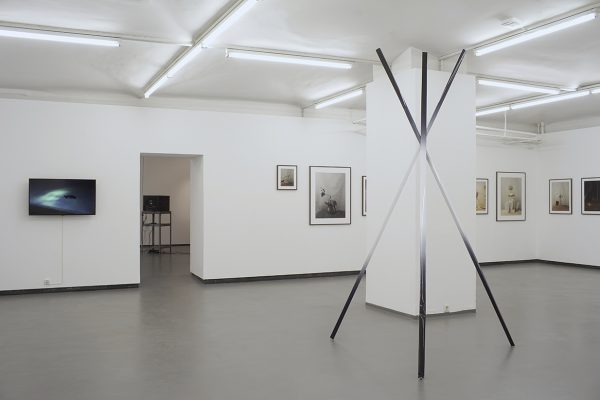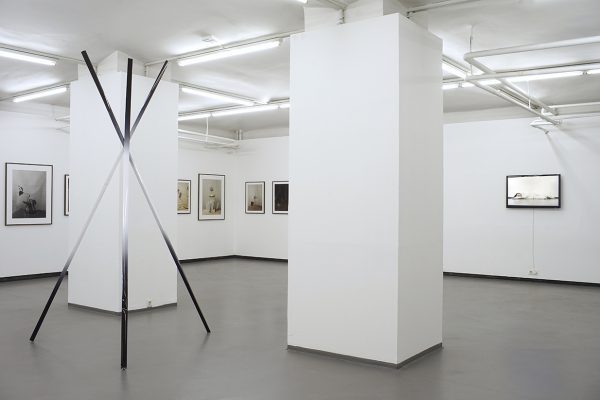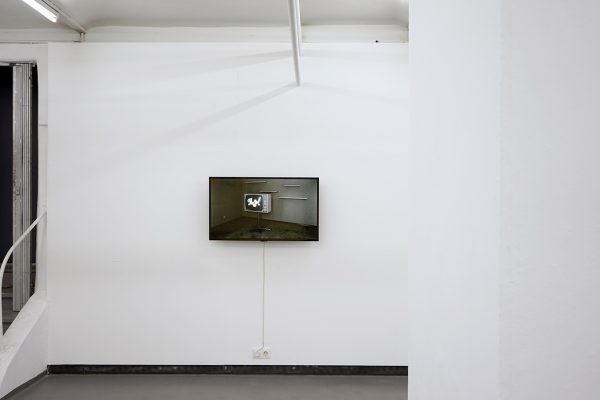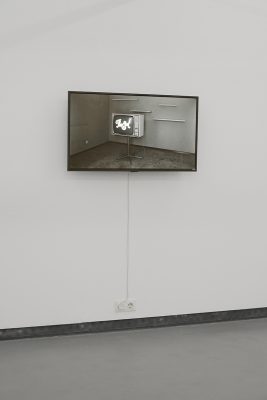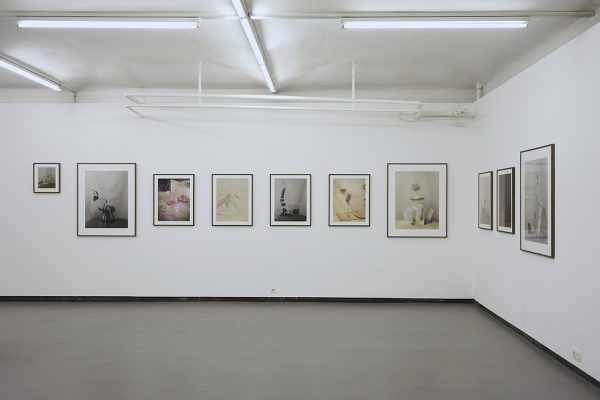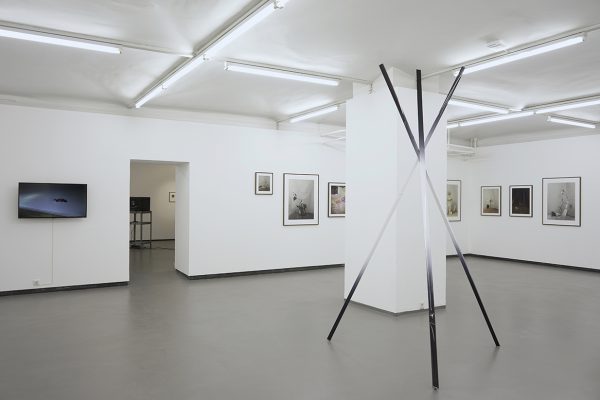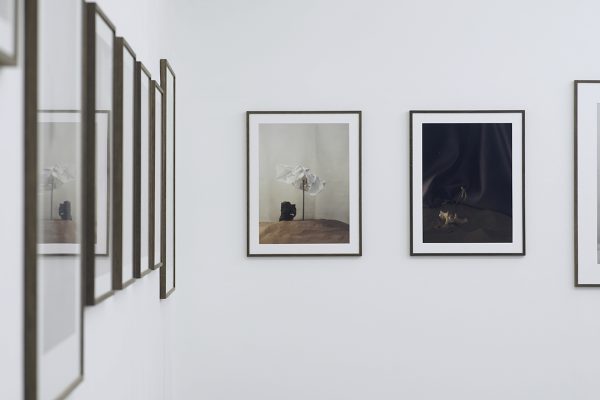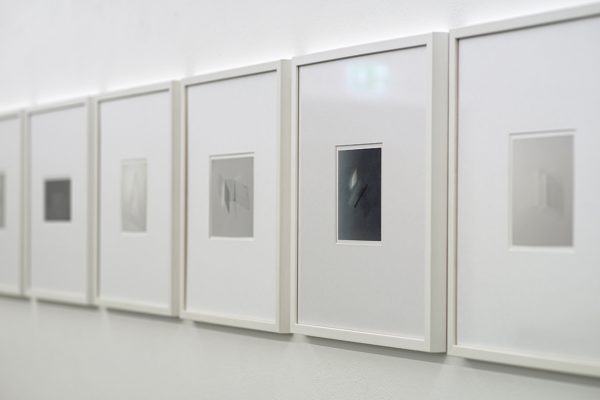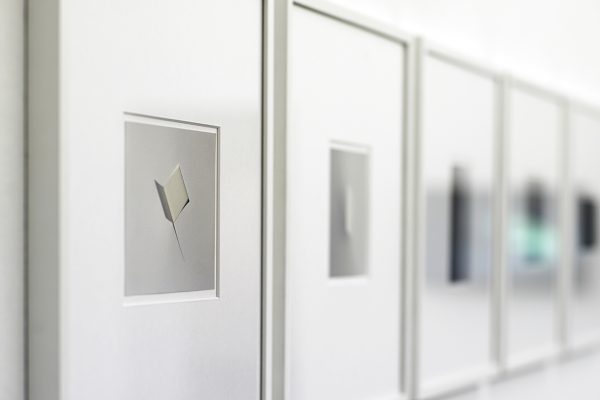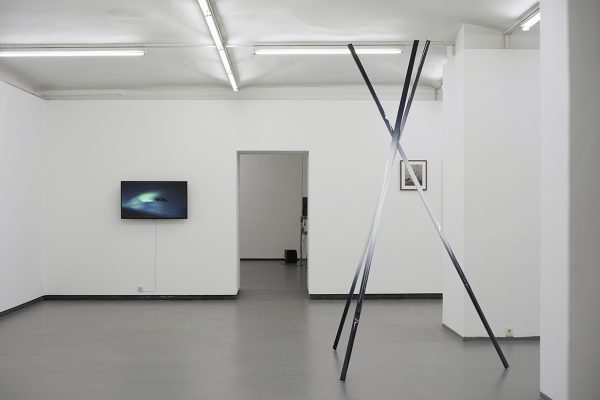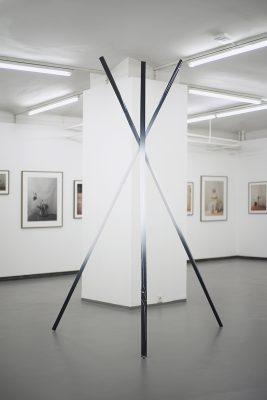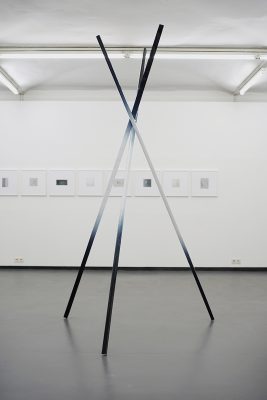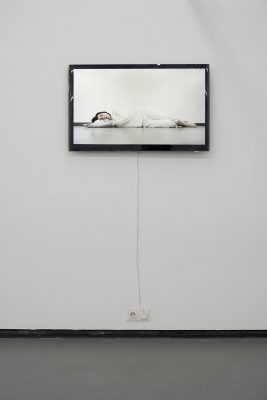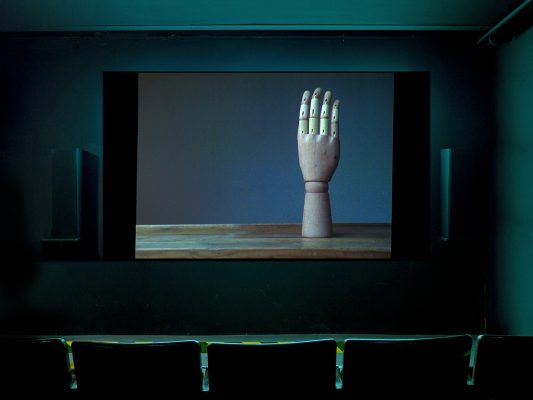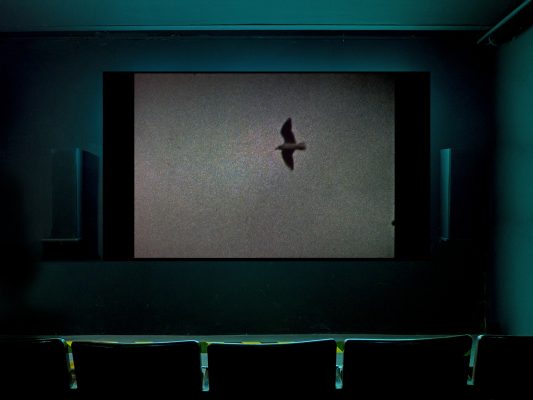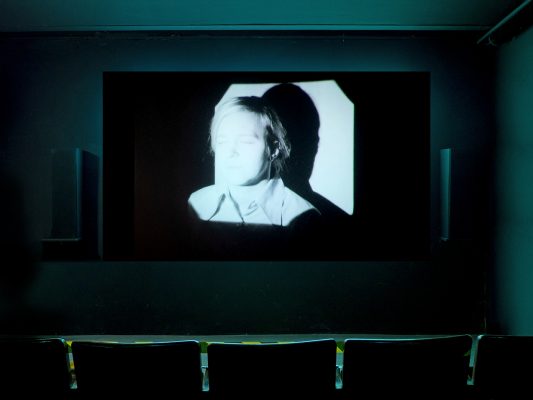Duration: 24 November – February 20, 2021
A virtual tour of the exhibition can be on view in our online cinematheque featuring an introduction by Johan Nane Simonsen and artist statements.
Johan Nane Simonsen in conversation with the artist
Anne Glassner about the exhibition BORDERLAND at WUK Radio:
sponsored by: BMKOES, Österreich; MA7-Kultur; Cyberlab
The exhibition Borderland gathers artist positions that take place in an undefined space. They attempt to capture various different „borderlands“, to question them, to demarcate or to blur them. Even when, in a world that is bounded by rationalism and positivism, strenuous efforts are made to establish defined borders, these remain nevertheless diffuse and porous. The exhibition addresses the threshold of a psychological border that is fluid and which changes shape like a lenticular image. Borderland is the state of drowsiness between being awake and sleeping, between remembering and forgetting; Borderland is the déjà-vu, it´s the word that is just at the tip of your tongue, it´s the place in the throat where you feel what you swallowed for the very last time. The works deal with intersections, with the ‘in between’ and ‘both’, with a feeling of surrealism that we encounter in our everyday lives.
Sleep is one of the central subjects of Anne Glassner’s art works. Her so-called sleep performances examine the transitional states between full consciousness and dreaming which always also stand for a state of transformation. With her performance at the opening of the exhibition, the sleeping artist raises a whole series of questions about the difference between self-perception and the perception of others, about the overlaps between the intimate and the public as well as about rejection and performance.
In her works Rosa John regards the (analogue) medium apparatus and human senses as experiences and ways of shaping the world. At the same time, she points up their potential to imagine alternative experiential worlds. The central motif of the works being shown is cinema as both a time capsule and an opportunity to make contact with the past. In this case contact also means more precisely the sensory interaction with the projection, the physical touching of the cone of light that opens up an intimate projection space.
In a multimedia installation Kevin Kirwan subjects the homely and cosy world with which we are all familiar to an examination. From recordings using contact microphones, hydrophones and electromagnetic microphones he has constructed a sonic world that unveils a kind of acoustic unconscious of the quotidian world. As a visual counterpart he is showing a montage of found-footage material from old tapes. Kirwan concentrates most of all on picture interferences, errors and unintentionally recorded moments in which the materiality and the media conditions of production of the film occupy center stage
Peter Köllerer’s work NAMEN / NAMES deals with a continuously-growing photographic archive of modelled heads labelled with the names of the senders of spam mails. Just as the letters of the alphabet are used again and again to designate allegedly new individuals (as senders), Peter Köllerer repeatedly forms his OTHERS – just as long as is needed to take a photograph – and then discards them. The modelling clay from which these imaginary subjects are formed is always the same and the only evidence of Köllerer’s sculptures is their embodiment in the photographs.
Liddy Scheffknecht very literally makes use of sunlight as an image-producing material. Incoming sunbeams are shaped by templates affixed to the window. This creates a light image which wanders across the room following the rotation of the earth and slowly changes form, size and proportion. At a particular point during the day, the shaped light image encounters everyday objects in the room and an illusory unity is created with the object and the projection of light or shadow.
Stefanie Seufert uses the photographic image itself as originating material for her large-scale installations. She produces large-format prints in the dark room that are repeatedly folded and exposed. In the end they cross the border from print to sculpture. Two dimensional images become bodies in space on which their contact with light has been inscribed.
In his photographic work, Danish photographer Claus Troelsgaard is mainly concerned with the formal, material and aesthetic characteristics of everyday objects. These he arranges into small installations or poetically surreal still lives. Trivial things are assembled with a high degree of visual sensitivity and are translated with great technical care into images. The thus created compositions inherent a poetic-surreal aura.
Maria Vill constructs filigree objects which she photographs in order to create, so to speak, abstract still lives. In her work the recurring subject is the capital letter A. Often the viewer encounters just the hint of a picture in these photographs. It is a perplexing game of transparent and opaque bodies, surfaces, shadows and areas of concentrated light that creates fleeting, poetic pictorial spaces.
Johan Nane Simonsen and Petra Noll-Hammerstiel, for the collective
